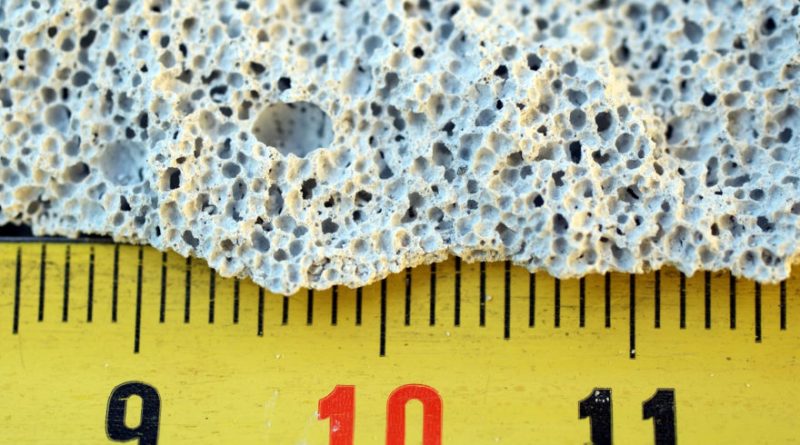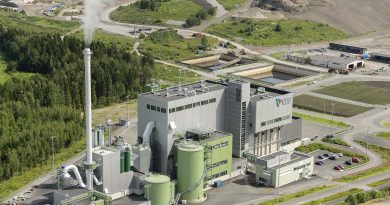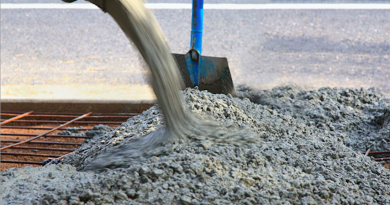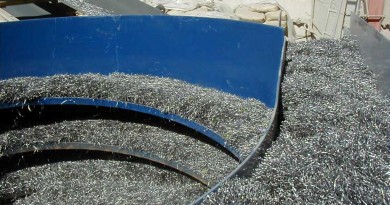What is Autoclaved Aerated Concrete (AAC)?
What is Autoclaved Aerated Concrete (AAC)? – Being used commonly across the whole world thanks to its high performance, Autoclaved Aerated Concrete (AAC) is being produced in many countries from the USA to Japan. It is used in the most popular buildings of the most prestigious cities around the world and meets a significant market demand on account of improving fire and earthquake safety of buildings with its high heat insulation properties.
Since its invention in 1920, cellular concrete tackled the search for an industrial material that had similar characteristics to wood. It was lightweight, could be cut or perforated, and avoided some of its disadvantages; for instance, its water absorption and need for maintenance. Nowadays, AAC blocks are actively present in the marketplace by manufacturers like Hebel or Retak, which are building an easy to use and efficient constructive system. If you ever wondered about how to build with these masonry ingredients, it is pertinent to dig a bit deeper into the advantages of this material.
It is a prefabricated material – with binders (mainly concrete and a portion of lime), fine aggregates, water, and an expanding agent – which can be used both to build bearing walls and partition walls. Same as with common or concrete bricks, these work together when applied and mixed with mortar.

What are its advantages?
Regarding its performance, it works as a good thermal insulator due to the closed, airtight chambers formed by the microbubbles incorporated in the mass.
All this allows for the material to have a high resistance to liquid water penetration, since the closed texture has practically null capillary suction, thus giving it low water absorption.
This also provides major acoustic isolation value given by the reduction of sound waves throughout their successive pass through the air chambers.
Among all the other characteristics of the material, it has also a high resistance to the fire which is one of the main parameters in the classifications of required resistance according to numerous international norms. AAC generally provides a very respectable R-value figure as a single layer of blocks, though obviously thicker blocks and any additional layers will add to the overall R-value.
What are its disadvantages?
Because of the presence of lime, iron must be isolated from the HCCA blocks in construction, since there is a risk of corrosion otherwise.
In this type of products, adhesive mortars are special and thus, only acquired directly from the manufacturers.
Source: archdaily.com







